How to clean an air purifier in six simple steps - experts warn you must do it every few weeks
This easy cleaning guide will keep your air purifier in tip top condition

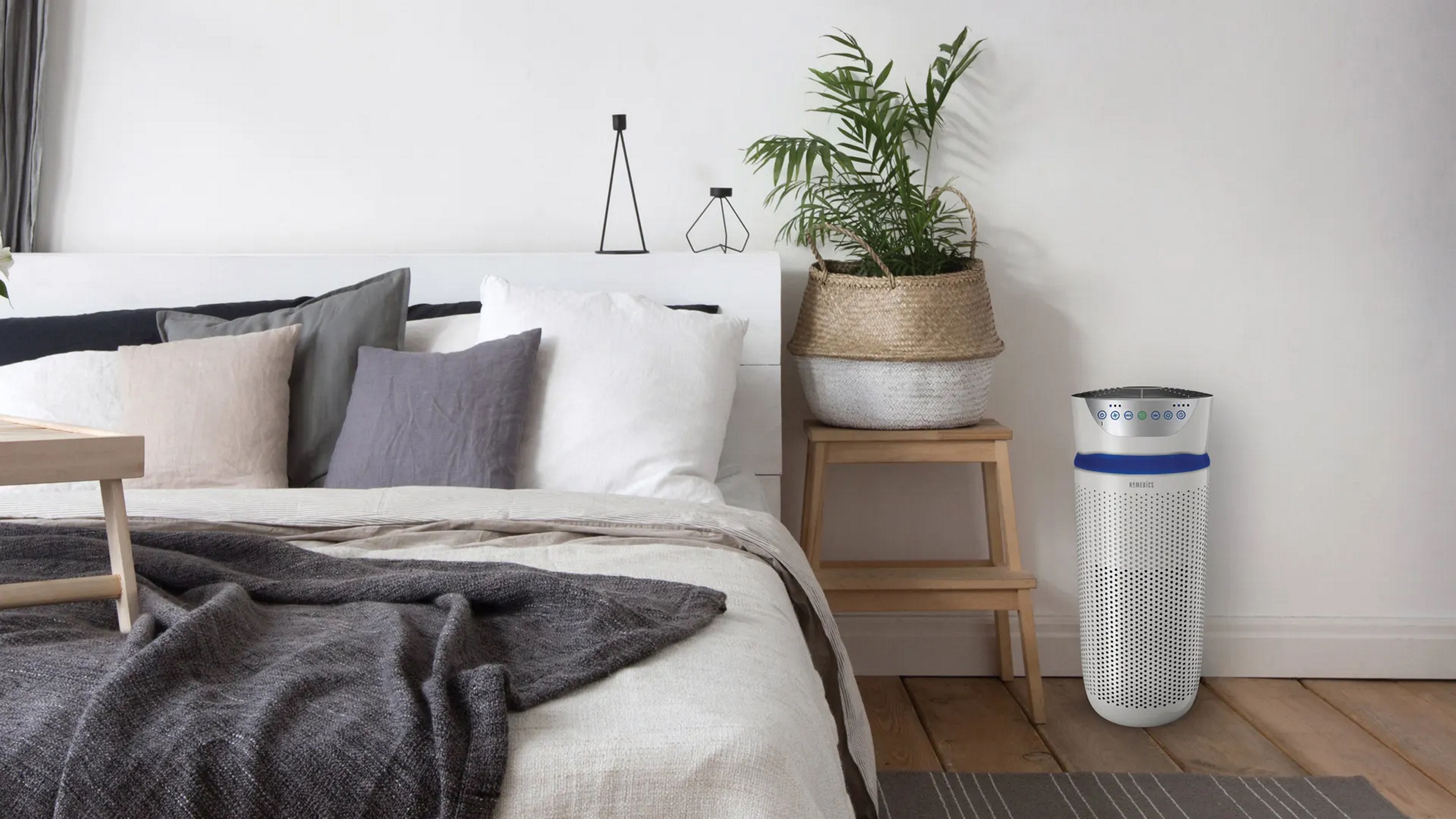
Knowing how to clean an air purifier is essential for keeping these handy devices working optimally. A clean air purifier means cleaner air and a cleaner home, which means you'll be getting the most out of your device when you use it.
The best air purifiers improve our indoor air quality without issue. They remove unwanted contaminants from our environment, including dust, pollen, and pet dander, and ideally, they run quietly and don't look like an eyesore.
While air purifiers can remove dust - and capably so - it gets pretty hard for them to do this when they're covered in dust themselves. Running these devices when they're dirty becomes almost pointless, which is why taking the time to learn how to clean an air purifier properly is essential.
Fortunately, it's pretty easy to clean your air purifier once you know how. Just like cleaning a dehumidifier, all you need is a few simple cleaning supplies to get your device working at its best again.
We've asked the experts how to clean an air purifier and compiled all their top tips into this handy step-by-step guide. Note that to keep your machine working optimally, you should be cleaning it every couple of weeks.
Why is it important to clean an air purifier?
If you use your air purifier frequently, it's important to keep on top of cleaning it. 'A dirty air purifier can lead to reduced efficiency, because pollutants will be able to bypass clogged filters,' says Nathan Paul, Air Appliance Expert, Appliances Direct. 'The machine will have to work harder to push air through dirty filters, and its efficiency will be seriously reduced.'

Given that we use air purifiers to cleanse our environment, it would be counter-productive to use one if it wasn't clean itself. In fact, experts warn that aside from not cleaning the air properly, dirty air purifiers can actually make things worse.
Sign up to our newsletter for style inspiration, real homes, project and garden advice and shopping know-how
'There could be certain health risks if you continue to use your air purifier without cleaning it,' says Nathan explains. 'Mould, bacteria, and allergens trapped in dirty filters may circulate back into the air. Plus, dust buildup can cause louder operation and even overheat the unit.'
What you'll need
Now we know why it's important to learn how to clean an air purifier, we can get into the nitty gritty of how it's done. First, you'll need to make sure you have the following:
- Multi-purpose cloths - these eco-friendly ones from Seep are perfect, £9.50 for a pack of 3 on Amazon
- Mild cleaning solution, such as this one for £4 from Amazon
- Spray bottle, like this pack of 2 for £5.99 on Amazon
- Warm, soapy water
- Vacuum with a soft brush attachment
- Cotton buds
- Rubbing alcohol, like this £5.80 bottle from Amazon
Step-by-step
1. Unplug and dismantle your air purifier
First thing's first, you'll need to unplug your air purifier before you start cleaning it. After that, start to dismantle the device by taking apart the removable components. These can differ from model to model, but they usually consist of a pre-filter, HEPA filter, and carbon filter.
It's handy to have a copy of the user manual - physical or digital - with you at this stage, so you can see what parts your machine is made up of. Nathan from Appliances Direct says the key components to focus on when learning how to clean an air purifier are:
- Exterior casing: dust and grime tend to accumulate on the outside of the device.
- Pre-filter: designed to capture larger particles like pet hair and dust, this filter is often washable.
- HEPA and carbon filters: these catch finer particles and pollutants, and need special care.
As you remove the different components, make a mental note of where they all go, so you remember how to slot them back into the device at the end.

2. Clean the exterior
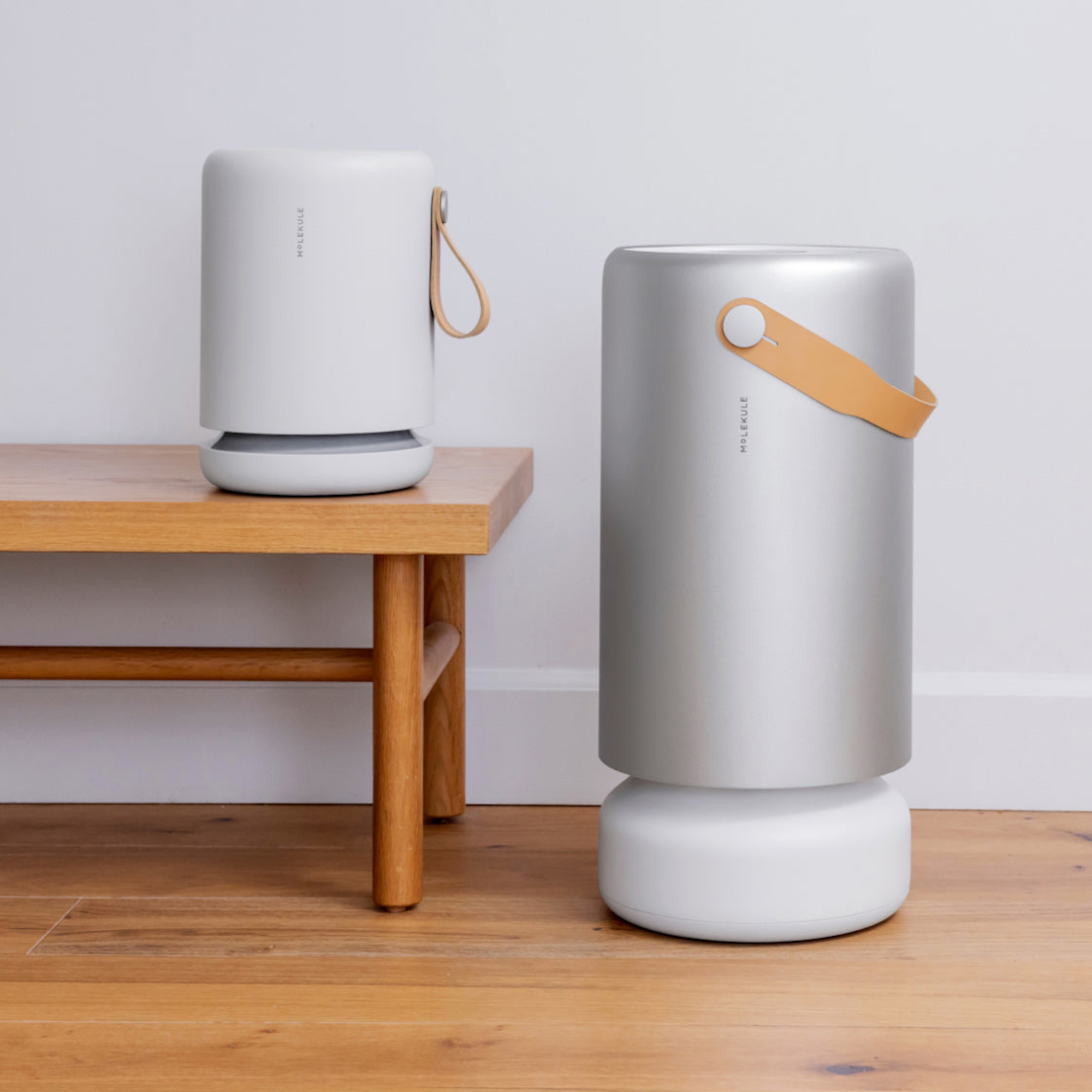
With your cleaning cloth, start to wipe down the exterior of the air purifier. Dust can often collect on the surface of the device and find its way into vents and crevices, which is a common cause of air purifiers not working.
'Use a soft, damp cloth to wipe down the exterior of your air purifier,' says Joshua Warren, Air Purifier Expert, AO.com. 'Avoid using any harsh chemicals and use a soft brush or vacuum to gently remove any build-up of dust and debris from the purifier’s grills.'
'For stubborn dirt, you can use a mild detergent diluted in water, but avoid harsh chemicals like bleach or alcohol, as they may damage the material,' Nathan says. 'And be careful not to let any moisture seep into the internal parts of the purifier.'
We recommend diluting your mild cleaning solution even further, by mixing it in a spray bottle with some water. This means you can use as much as you need to in the cleaning process, without risking any damage to the machine.
3. Clean the pre-filter
Most pre-filters that come with air purifiers are washable. The pre-filter is usually a mesh panel that acts as the first stage of the purification process, by trapping large particles and debris.
To clean this, soak it in warm, soapy water, and gently scrub the surface to remove any dust and dirt. Avoid using any harsh brushes or scourers, as this could damage the panelling.
'Make sure to let it air dry completely before reinserting it into the unit, as moisture left in the filter can damage the device or promote mould growth,' Nathan says.
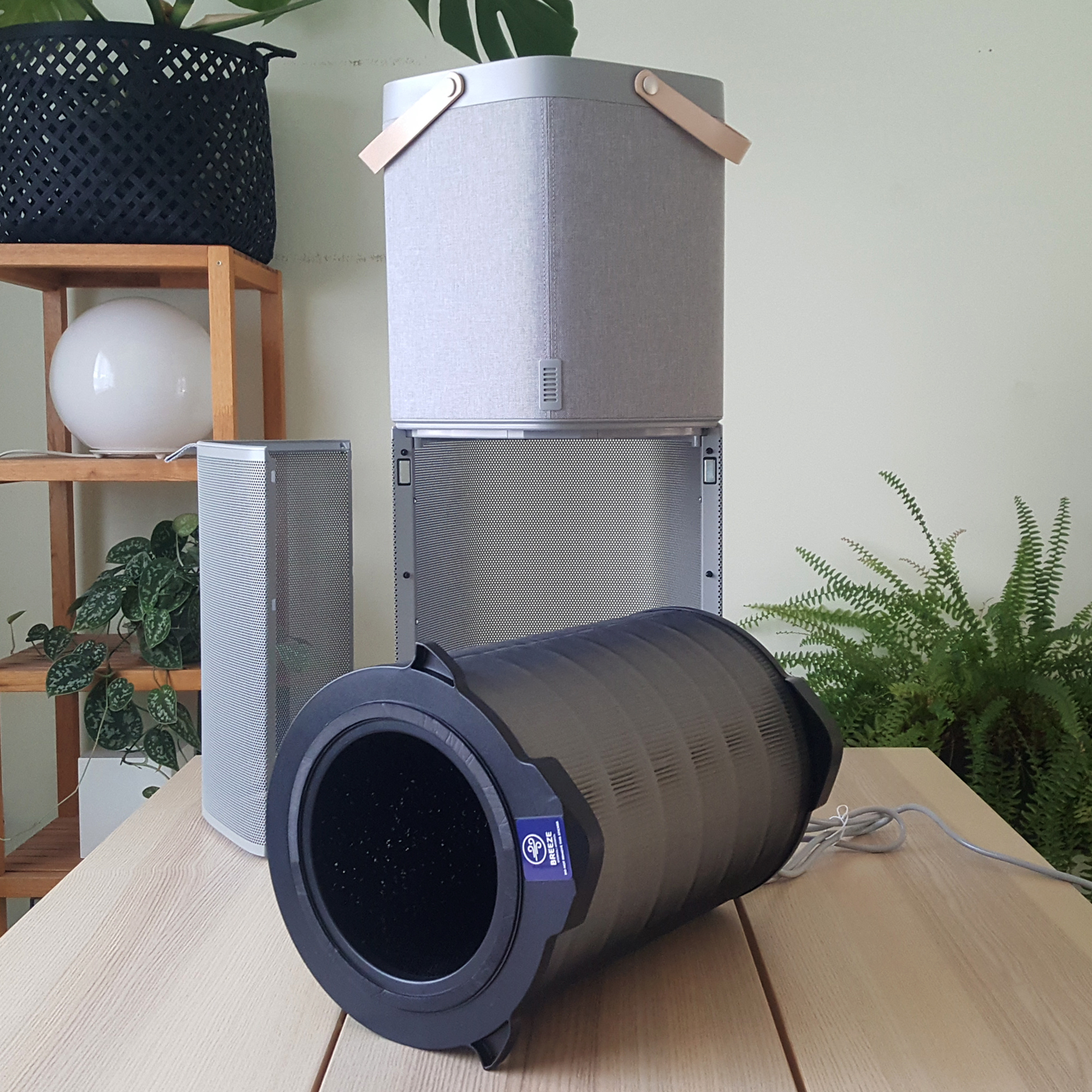
4. Clean the HEPA (or carbon) filter
HEPA (High Efficiency Particulate Air) filters are amazing for removing unwanted airborne particles, and the best air purifiers usually have one - including one of our tried and tested favourites, the Levoit Core 300S air purifier.
'Gently vacuum the surface of the HEPA filter using a vacuum cleaner with a soft brush attachment, to remove dust and debris,' Nathan advises. 'Avoid pressing too hard as you could damage the delicate fibres.'
If your air purifier has a carbon filter instead of a HEPA, you can clean this with the same method. Both types of filters will need to replaced eventually, even when you keep on top of cleaning them.
'In general, HEPA filters require replacing every 6-12 months, and carbon filters need replacing every 3-6 months,' Jason DiBona, CEO of Molekule says.
5. Clean the sensor
'Many air purifiers come equipped with an air quality sensor that measures pollutant levels,' Nathan from Appliances Direct explains. 'A dirty sensor can lead to inaccurate readings and poor performance.'
The air quality sensor is usually located near the air intake. To clean this, simply dip a cotton bud in a small amount of rubbing alcohol and wipe the sensor with it carefully. This will disinfect the sensor and allow it to continue performing optimally.
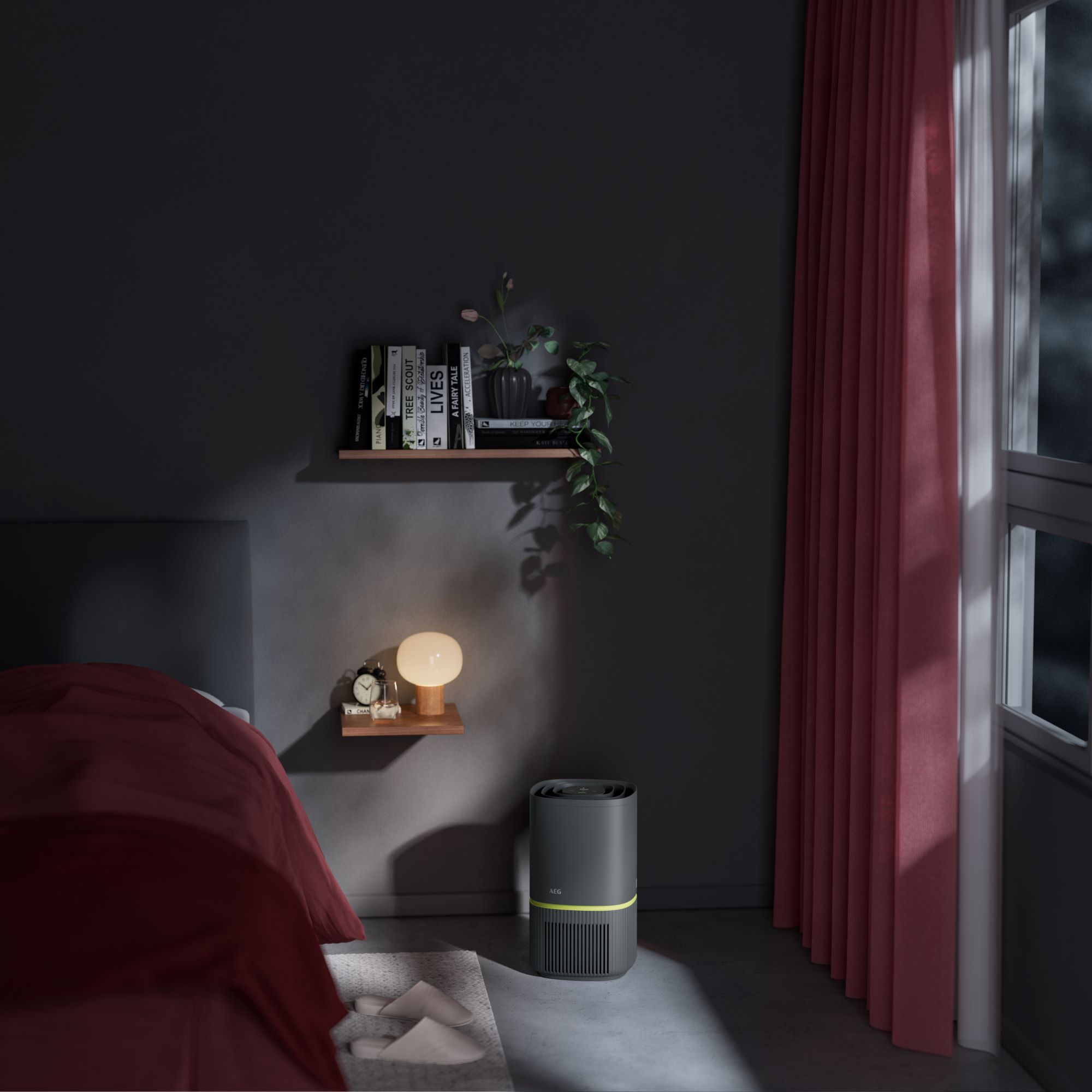
6. Reassemble and test
Once you've cleaned all of the purifier's components, you can reassemble the device and plug it back in. Make sure you put all the different parts back in their correct places - they should slot back in easily, without the need for force.
'Check to ensure it’s working properly and that airflow is unobstructed,' Nathan says. 'If the purifier was noisy before, you should notice a quieter operation post-cleaning.'
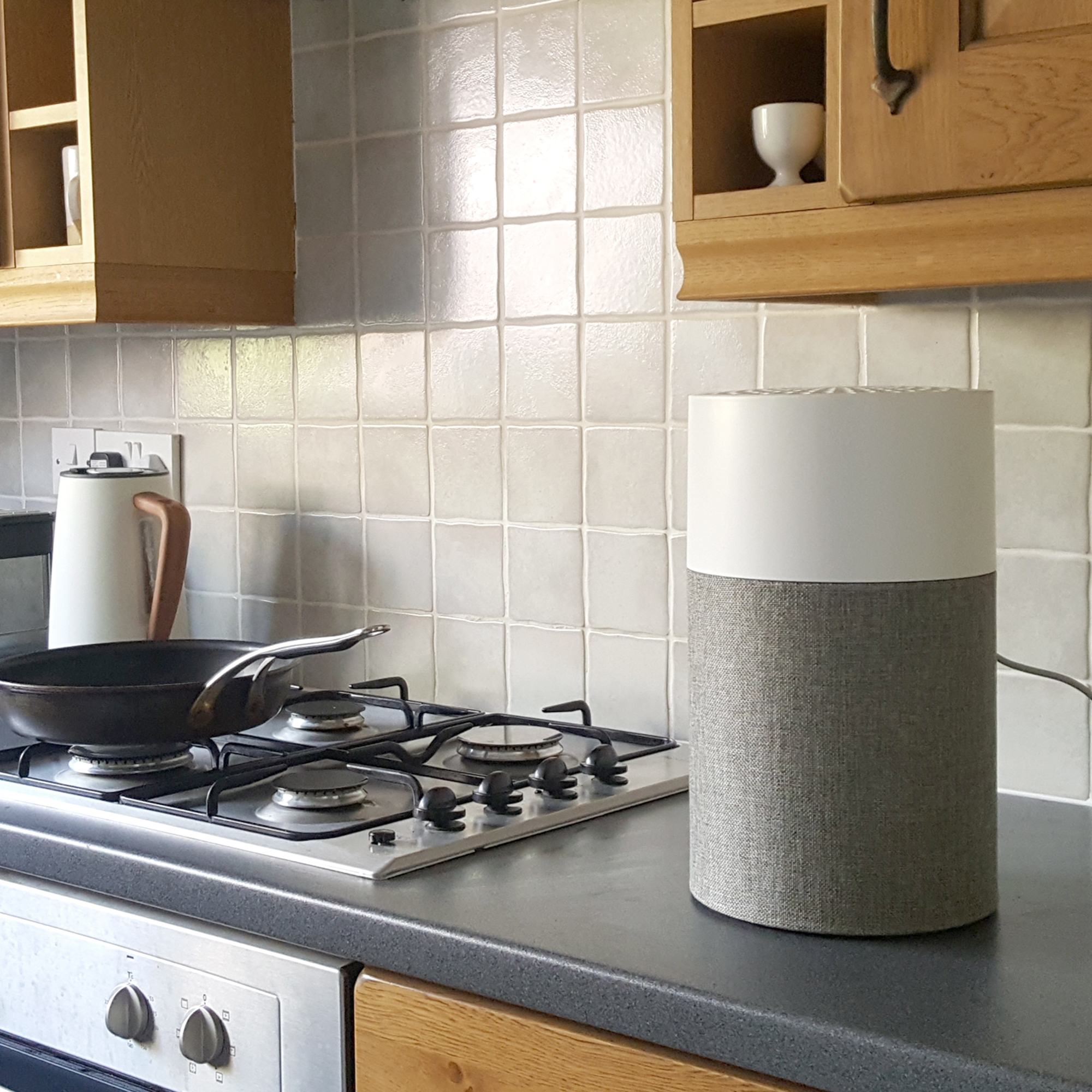
FAQs
Can air purifier filters be washed?
'Most HEPA filters are non-washable, as washing them can damage the fibres and ultimately make them less effective at trapping particles,' Joshua says. 'It’s a good idea to replace your filter once you’ve noticed that it’s either damaged or well used.'
While it's not advised to wash your HEPA filter, you can keep this clean with the soft brush attachment of a vacuum. This will remove dust and debris, and keep the filter working efficiently. Note that they should still be replaced every 6-12 months.
'However, many pre-filters, which are used to catch large particles like dust and pet hair, can be washed,' Joshua adds. 'Try to rinse yours gently with water and let them fully dry before placing them back in the purifier.'
What happens if you don't clean your air purifier filter?
'Neglecting your air purifier is not a good idea and can end up costing you time and money,' Joshua from AO.com explains. 'The strain this puts on your appliance can end up shortening its lifespan, because the components will wear out much faster.'
As the filter is responsible for removing dust and unwanted particles from the air, if this isn't cleaned regularly, it simply won't be able to this. Essentially, there would be no point using your air purifier, as the device wouldn't be able to clean the air effectively.
Now you know how to clean an air purifier - and why you should definitely be doing so - you can continue using your device and enjoy a cleaner, fresher home.

Katie has been writing freelance since early 2022, specialising in all things homes and gardens, following achieving a Masters in Media and Journalism. She started out writing e-commerce content for several of Future’s interior titles, including Real Homes, Gardeningetc, Livingetc, and Homes and Gardens. Since then she’s been a regular contributor on Ideal Home’s digital team, covering news topics, how-to guides, and product reviews.